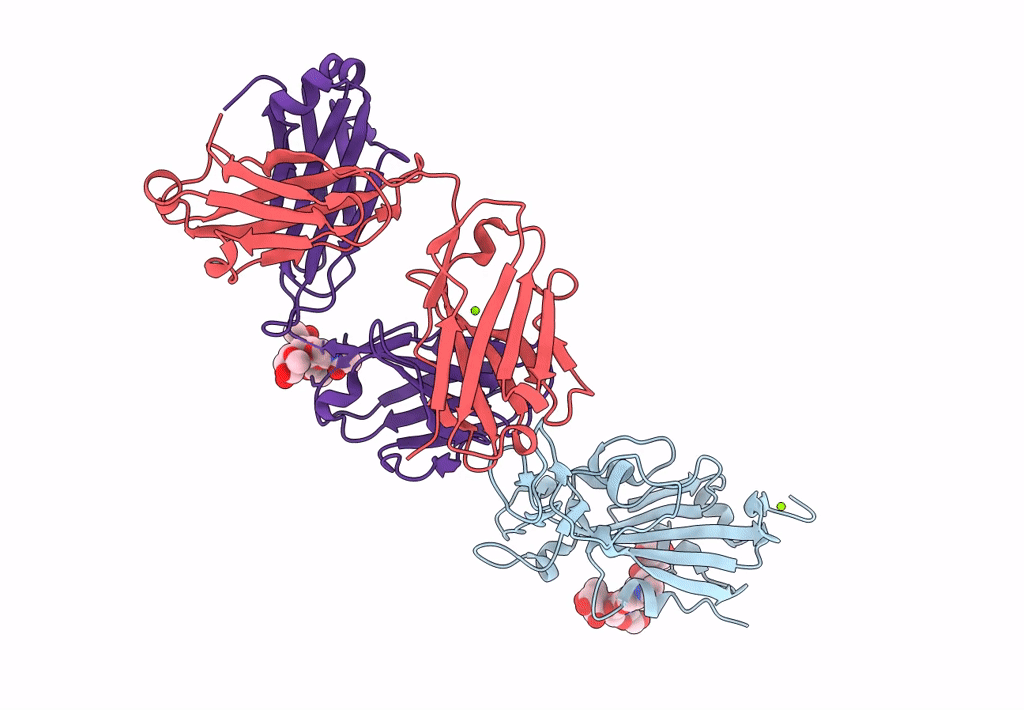
Deposition Date
2022-05-19
Release Date
2023-05-24
Last Version Date
2025-01-15
Entry Detail
PDB ID:
8CWI
Keywords:
Title:
Fab arm of antibody 10G4 bound to CoV-2 receptor binding domain (RBD)
Biological Source:
Source Organism:
Severe acute respiratory syndrome coronavirus 2 (Taxon ID: 2697049)
Homo sapiens (Taxon ID: 9606)
Homo sapiens (Taxon ID: 9606)
Host Organism:
Method Details:
Experimental Method:
Resolution:
1.87 Å
R-Value Free:
0.20
R-Value Work:
0.16
R-Value Observed:
0.17
Space Group:
P 1 21 1


